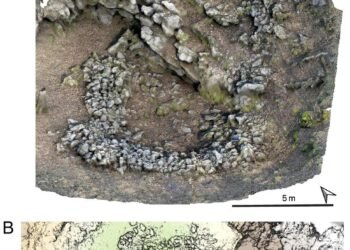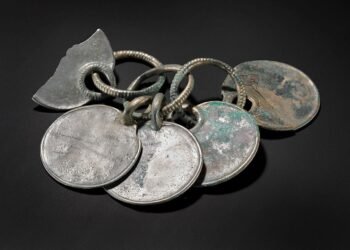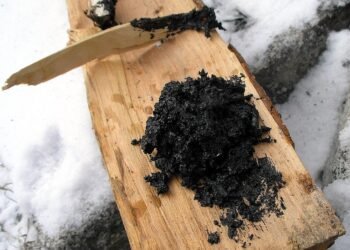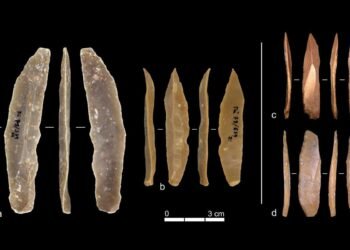Archaeologists excavating the mountain fortress of Rabana-Merquly in present-day Iraqi Kurdistan have uncovered evidence suggesting that the site may have also served as a sanctuary for the ancient Persian water goddess Anahita.

Situated on the southwest slopes of Mt. Piramagrun in the Zagros Mountains, Rabana-Merquly was a pivotal regional center within the Parthian Empire approximately 2,000 years ago, spanning across Iran and Mesopotamia.
The excavations, led by Dr. Michael Brown from the Institute of Prehistory, Protohistory, and Ancient Near Eastern Archaeology at Heidelberg University, revealed architectural features and remnants of what could be a fire altar adjacent to a natural waterfall. These findings hint at the possibility of a sanctuary dedicated to Anahita, a deity revered as the divine source of earthly waters within the Zoroastrian religion.
Anahita’s significance during the Seleucid and Parthian periods, particularly in western Iraq, is underscored by her portrayal in the Avesta as a majestic figure capable of transforming into a flowing stream or cascading waterfall. Dr. Brown notes the proximity of the waterfall to the architectural features, emphasizing the symbolic importance of fire and water elements in pre-Islamic Persian religion.

The hypothesis of an Anahita sanctuary at Rabana-Merquly is supported by discoveries of architectural extensions around a seasonal waterfall within the fortress complex. Additionally, an altar-like sculpture found nearby suggests ritualistic practices may have taken place at the site.
Dr. Brown suggests the possibility of a pre-existing shrine absorbed into the Anahita cult during the Parthian era, which could have influenced the occupation of the mountain. He explains that during this period, religious sites often served as dynastic cult places honoring the king and his ancestors.
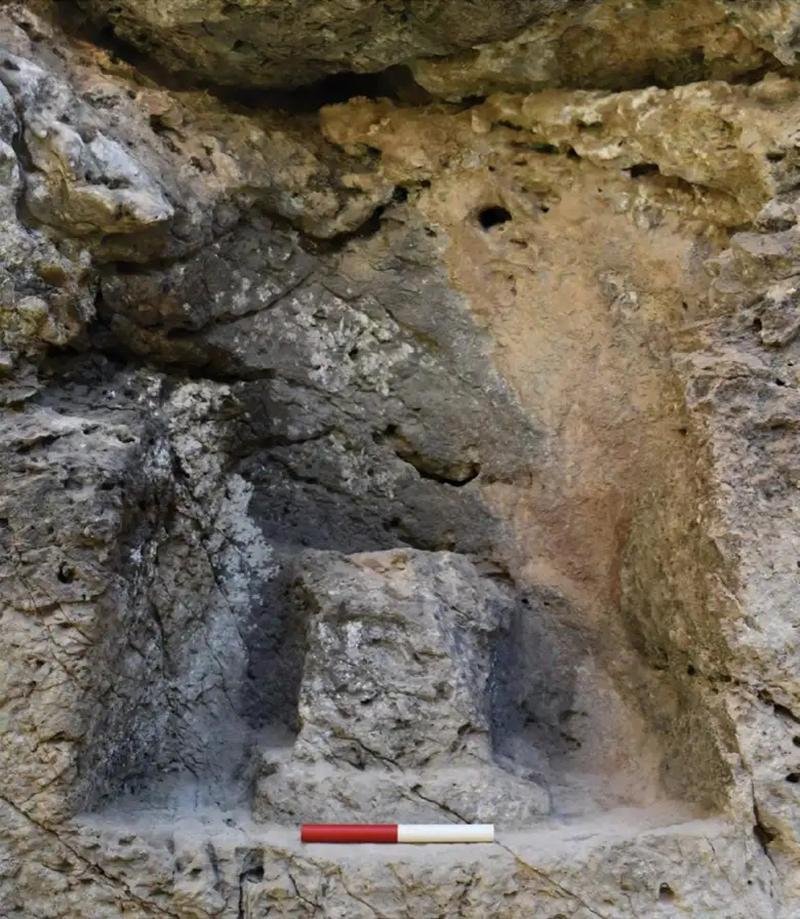
Despite the lack of direct archaeological comparisons, the Rabana sanctuary offers insights into the religious and geopolitical dynamics of the Parthian era, according to Dr. Brown. The recent excavations, conducted in collaboration with the Directorate of Antiquities in Slemani, Iraqi Kurdistan, were funded by the German Research Foundation and have been detailed in a paper published in the journal Iraq.



